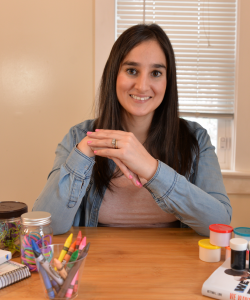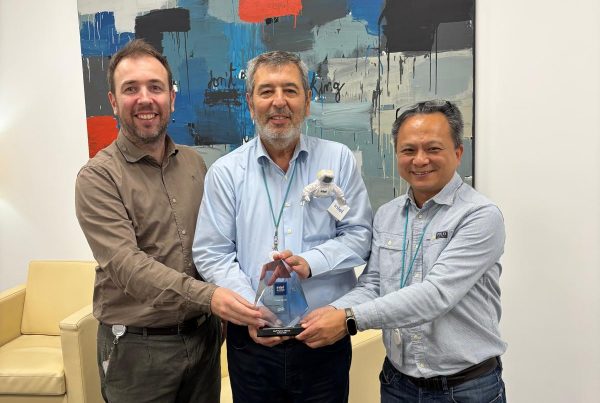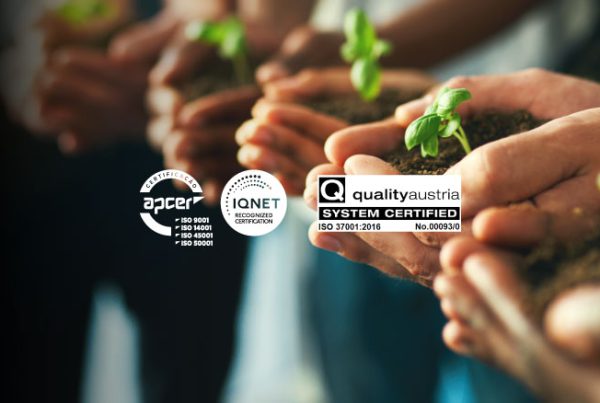The importance of early childhood education is directly related to the benefits it provide to the children’s language, physical and cognitive development during the typical childhood development of brain connections.
As teachers we must, as much as possible, use the time we spend with our students inside of the classroom to develop their critical thinking and practice new techniques that will prepare them for the future by teaching through games, with music, and sharing time with friends. Is very important that our children feel safe and confident while they are learning because it will positively affect how ready they are to acquire new knowledge.
Synergetic, collaborative work between family and school community is the strongest determinant of the education of our children. This is because they are not just learning at the school. They are also absorbing new experiences and observing how to be good citizens in their homes. Therefore, it is key for us, teachers, to be connected with the parents and caregivers, to know more about their lives than what we can observe in the classroom, to be conscious of their background and to be aware of important episodes that the students have lived.
Due to the pandemic, education has suffered an one hundred eighty degrees turn, being completely transformed from what we used to know. For example, teachers had had to learn in record time, about applications, online platforms, and technologies that used to be under their radars. Innovation and creativity are playing a vital role in this new adventure of online teaching, determining how students incorporate the new knowledge. To teach our children in this difficult times, we have to consistently investigate which is the best strategy, tool, or way, to convey information. None of us have experience working or learning in situations like this one. Yet, we have to quickly adapt and use online teaching as a resource to improve education globally benefiting children everywhere.
Following the lead of this big change in education, I have transformed my teaching style, strategies, and tools I use during my sessions. Since May, I am teaching English through an online platform that allows me to reach each student’s home where they are quarantining to prevent contamination by Covid-19.
To make new information more meaningful, I have included videos, songs, and the children’s own stories related to the topic that we are going to learn into my sessions.
Because all my students are living different experiences and presenting their own feelings affronting the quarantine, I have had to be very comprehensive and flexible. I have also decided to be more connected than usual, both with them and with their families. My principal objective is to deliver the best education, contemplating how are they feeling with the pandemic, how are they learning through an online platform, how are they living this situation that has changed the world, and also how are they improving their education.
I have decided to create my own way to teach classes taking into consideration all the needs and interests of my students. This is how I plan and customize each one of my lessons. I respect the timing of their learning process, their feelings, and also their moods at the moment of the lesson. If necessary, I am able to change the strategy or the way I teach, maintaining the lesson objective in mind. It is vital for the students to know that they are understood and considered in the way each one is facing the difficult situation we are in.
It is important to ensure that our students will not lose the routine that they used to have before the pandemic. Routine gives them confidence and also helps to control the anxiety by making them aware of what is coming after each activity. By giving them a list of tasks that they may do at each hour of the day for example, makes them feel safe. This is crucial to consider when planning lessons, as well as being punctual, responsible, and accomplishing the planned routine.
Aiming for a complete education, I decided to include parents and caregivers in the learning process. I send weekly activities in which students can not only practice what we have learned in class, but also share time with their family, making them part of their children’s education. This collaborative work benefits the education of each child, and also the relationship and engagement within the family and between family and school community.
All these changes added to my workload. I spend more hours working in front a screen and spend more time planning lessons to fit the needs and interests of each of my students now than when I taught at the school. Nevertheless, the response and reward of my students and their parents or caregivers to this new reality, is priceless.

Carolina Caroca Muñoz
Chilean, Bilingual Preschool Teacher of Los Andes University of Santiago, Chile; and Master’s degree in Teaching Development for Foreign Language Education and postgraduate in Content and Language Integrated Learning of Autonomous University of Barcelona, Spain.
She has more than five years of experience teaching in Chile, Spain, and the United States and working in different environments and with students from different religions, and cultures. She is currently living in New York State. Before the pandemic she was working in a Public School that welcomes students at social risk.




